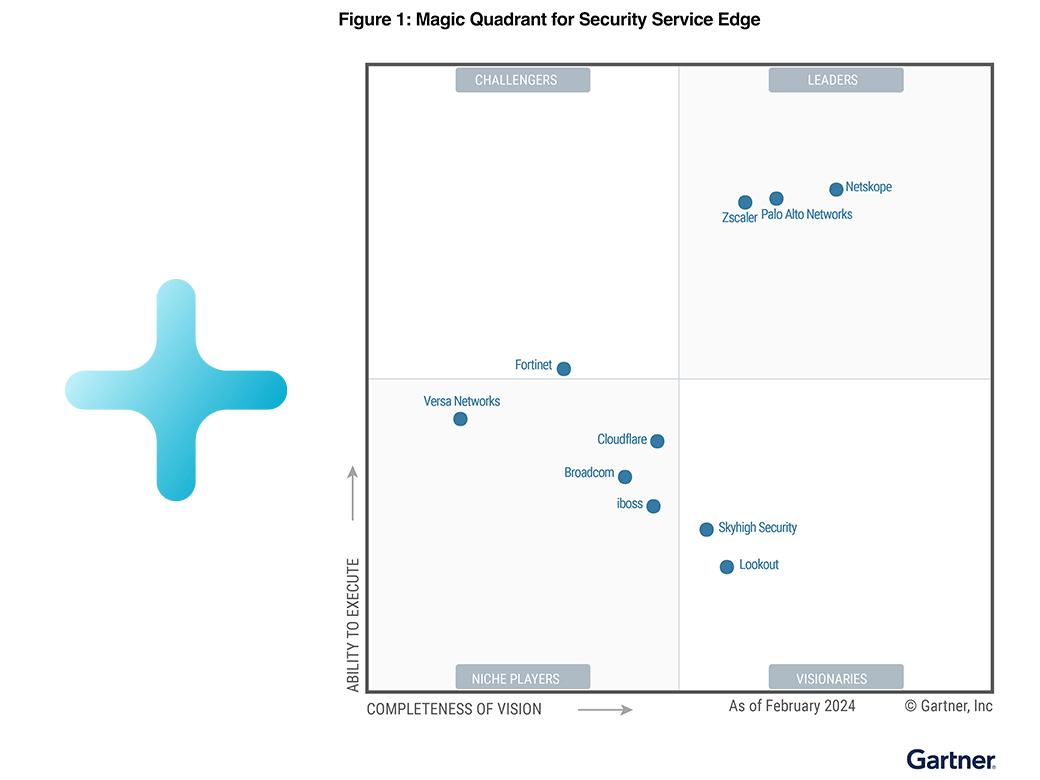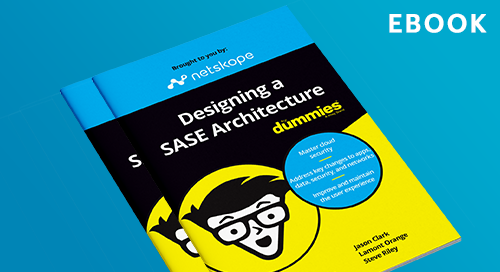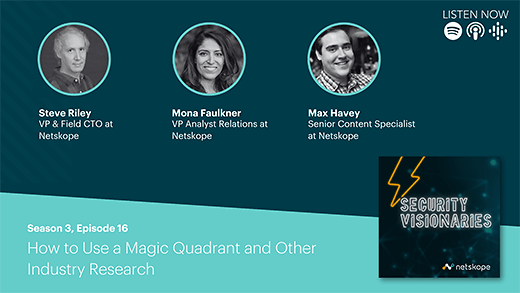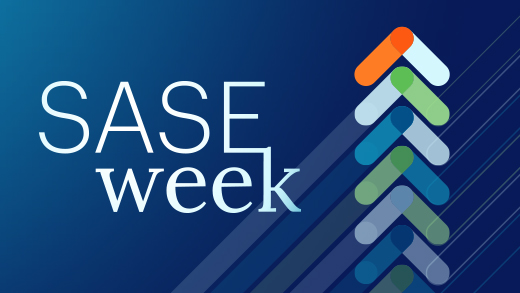In the modern age of cloud-based computing, the Zero Trust model of information security is the high-water mark businesses should be striving for.
Zero Trust, as defined by Forrester Research, is, “a conceptual and architectural model for how security teams should redesign networks into secure micro-perimeters, strengthen data security using obfuscation techniques, limit the risks associated with excessive user privileges and access, and dramatically improve security detection and response with analytics and automation.”
What this model boils down to is “never trust, always verify.”
In my mind, the concept of zero trust is about removing implicit trust from the network. It is the main architectural principle of a well defined next-generation security architecture. But even though the model has been around for more than a decade, it’s fascinating that many organizations and businesses still struggle to adopt its elements into their security programs. With more organizations working in the cloud and traditional security perimeters dissolving, many businesses are susceptible to new threats.
So, to better understand the problems with this current mindset and find Zero Trust solutions for businesses, we have to look at legacy approaches and their shortcomings first.
Past Approaches
In the early days, network security architecture addressed malicious traffic by utilizing firewalls to limit malicious North/South traffic, similar to a moat surrounding a company’s network. The “moat” was a defined perimeter inside the organizational premises, with a security stack built within the “moat.” It was a fairly successful solution for the time, but the intruders were still able to find a way into the network and wander around inside the organizational premises.
Then we started to think about limiting malicious traffic laterally (East/West). Network Access Control (NAC) became a popular security solution by providing this type of network segmentation and utilizing logical separation.
Of course, NAC had challenges too. For example, users were granted access to anything in the static (predefined) VLANs being used, without any sort of encryption in transit. On top of that, the operational burden drastically increased while managing NAC because of its complexity, lack of integration, and scalability.
While it attempted to implement successfully segmentation and separation early on, NAC not only created more challenges for intruders, but also the network’s intended users rather than truly solving a problem.
These two approaches still make sense today, however the tools and tactics used to address these problems have changed.
Present Problems
As businesses implement new cloud operating models, they have to deal with new threats challenging to their security architecture from every angle.
While the cloud offers more capability for storage, collaboration, and direct access to resources, it also means security perimeters extend beyond the four walls of an enterprise. This means legacy access control approaches are inadequate, as they aren’t effective against the sophistication of modern threats.
Tom Kemp, CEO of Centrify, agreed saying, “The dissolving network perimeter is causing a complete rethink in how we approach security, taking into account a new enterprise reality defined by the cloud, mobility, and increasing demands for agility.”
If organizations want to use the cloud to its fullest extent then they can’t continue utilizing a legacy mindset. Otherwise, potential threats pose a much higher risk to their network and data. Businesses need to have continuous visibility in order to secure their ecosystem, which only comes as a direct side effect of Zero Trust security principles.
But, if it’s apparent that firewalls and legacy tools aren’t effective, then why are security departments continuing to run and implement these legacy solutions?
The Need to Adapt
Many organizations I had the opportunity to talk to had, at the very least, heard about Zero Trust as a security concept. But just as many, if not more, didn’t understand the concept or how to apply its security principles to their own programs, which raises concern.
As the advisory firm Gartner stated, “Risk is always present. It’s the lack of visibility and intelligent management of risk that can be catastrophic.”
This is why we must architect for the future starting with new business delivery models.
To successfully implement Zero Trust strategies, businesses need to balance security and the end-user experience, which legacy approaches lack. Bad security crossed with a clunky, outdated user experience is enough to drive customers away and frustrate employees. If businesses don’t adopt these security principles, they’ll not only have a security risk but also a risk to their own agility and growth, as well as the potential to lose good people.
As my former colleague Richard Bird brilliantly stated in a recent Forbes article: “Companies that haven’t solved for access control are not only putting themselves at risk — they are also sub-optimizing every dollar of their cybersecurity spend. What good is spending a million dollars on a firewall if hackers can slip right past it by pretending to be someone else?”
With that in mind, there is a Zero Trust solution for businesses to course correct their security programs before it’s too late.
Making Zero Trust a Reality
Today, in the world of cloud-based software, the concept of separation has become more complex than the traditional access control solutions that came before. Now it’s more focused on dynamic change, individualized perimeters, fine grain authentication/authorization, and contextualized awareness that works with any network topology.
This is why, in my view, Software Defined Perimeter (SDP), as an evolution of NAC, is key to putting Zero Trust security principles into action. There’s no extra hardware for businesses to purchase making it much faster to implement. Plus, it uses more granular logical separation. It authenticates users and creates an encrypted, single session from the endpoint to an intended resource, meaning users can only access what they’re authorized to see and nothing else. It’s the difference between getting access to a safe deposit box versus the contents of a whole library. This also replaces the need for a VPN, a tool created over 20 years ago that almost every company still uses.
When implemented correctly, Software Defined Perimeter brings together many of the defining elements of Zero Trust security. Not only is it easier to implement, but it also offers a more secure and transparent user experience. Compared to the complexity and shortcomings of legacy approaches, SDP offers an excellent solution to make the principles of Zero Trust security a reality for businesses operating in the cloud.




 Back
Back 























 Leia o Blog
Leia o Blog